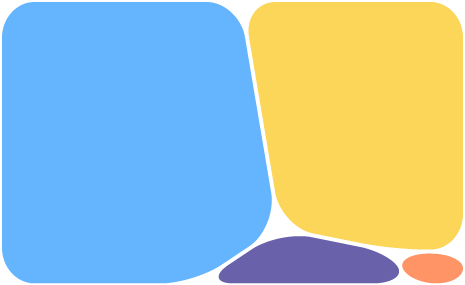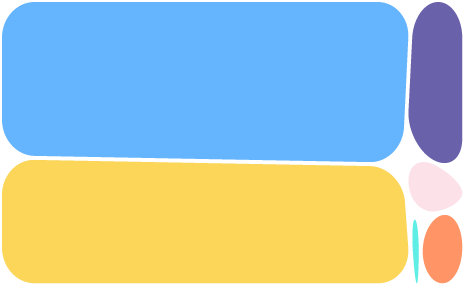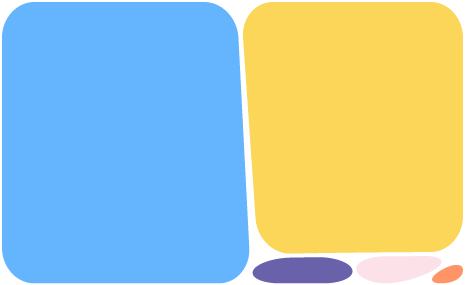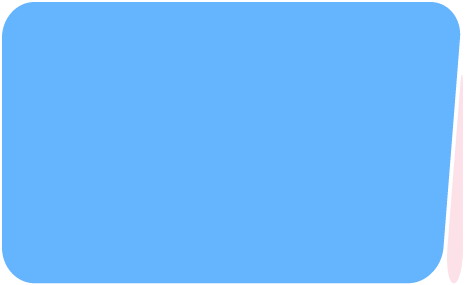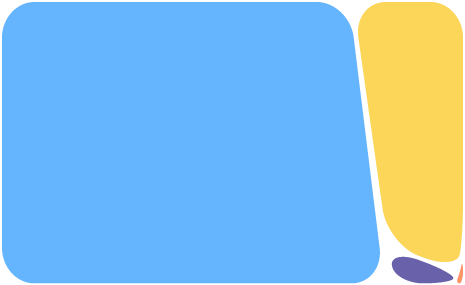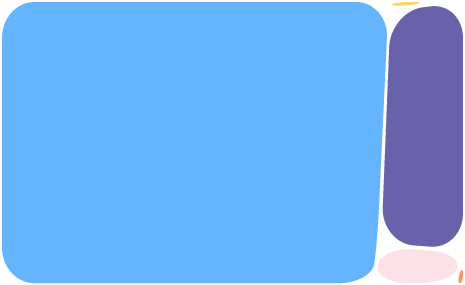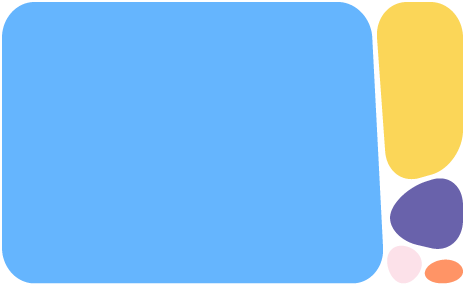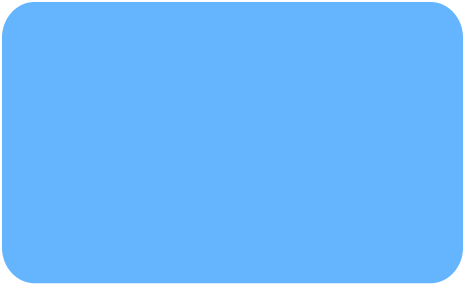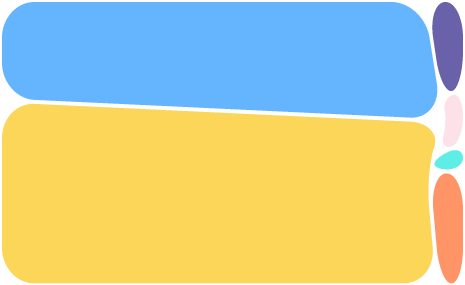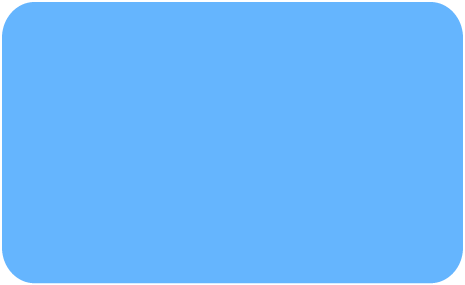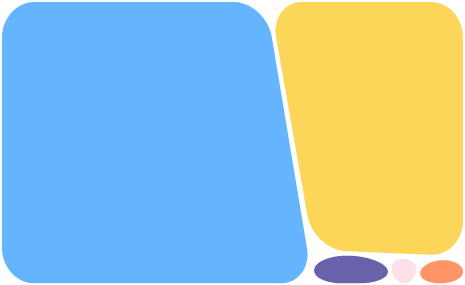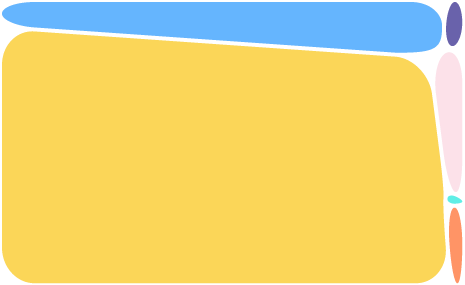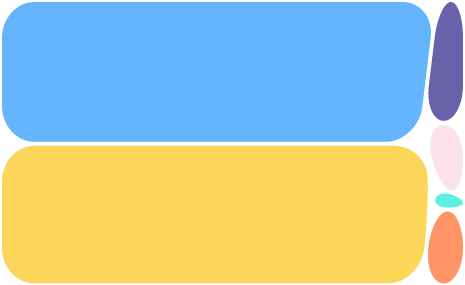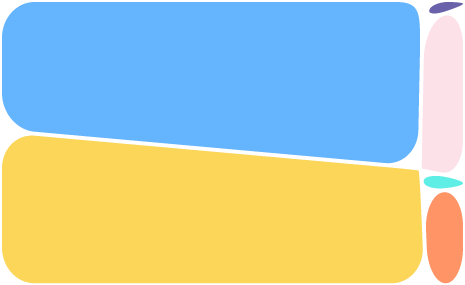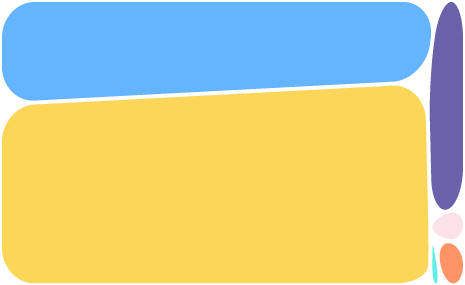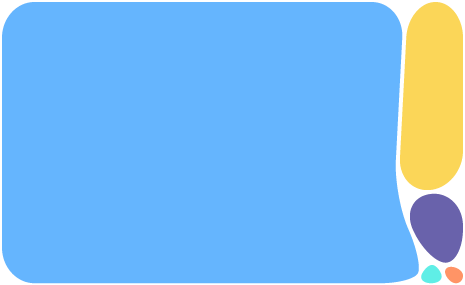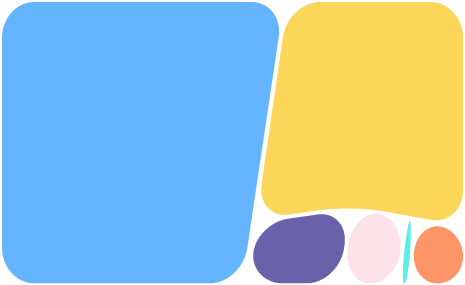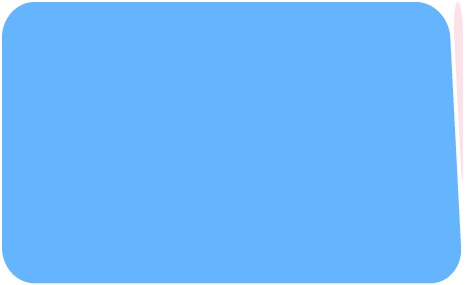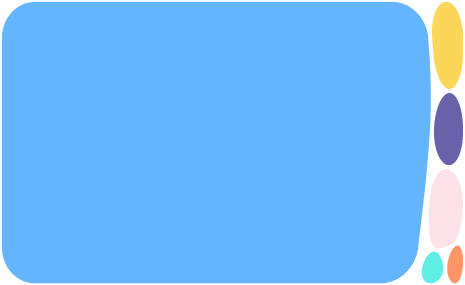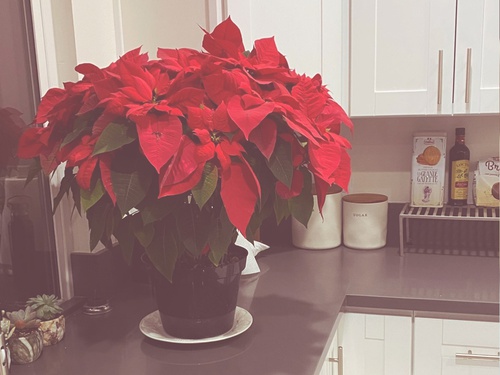M and I share one DNA segment in chromosomes 16. We have a total of 0.32% shared DNA. She was very enthusiastic and we felt an instant connection with each other, first because we have DNA connection and second because we both love science and particularly DNA.
M took the DNA test because she looks so much like her husband's grandmother and they strongly believed that she and her husband were related but it turns out they were not. She was surprised to find so many DNA cousins, so was I. M mentioned that on average a person has over 1000 DNA relatives in the database of this particular company.
M was excited to find DNA relatives connected to her father. Her father passed away when she was 3 years old. Back then, early 70s, there were no personal computers, no Facebook, no cell phones so she grew up knowing nothing about him or his family. M did not find close relatives of her father's side through her DNA relatives but she did it through Facebook. She only knew her father´s family were from Culiacan, Mexico, she used her last name and a picture as a reference, she sat for hours reviewing all the profiles available, she got a feeling with one profile, she sent him a message and he answered the day after, he did know her father, he was actually her father’s 1st cousin. He gave her phone numbers of other members of the family and M was able to meet them. She feels she was very lucky.
M was born in LA, USA, but her parents were from Mexico. She feels a very strong connection to Mexico and its people. I was born in Mexico; my parents were born in Mexico too and I also feel a very strong connection to my country and its people, but also to its culture, food and landscape. But I have to admit that I am in an internal debate because I ask myself, what is Mexico? What is being a Mexican? I think that Mexico, as any other country, has a political and arbitrary border. For DNA, there are no borders, no citizenships, no races… we all belong to the human race.
M discovered that she has great grandparents and 2nd-great grandparents from so many different states in Mexico (Jalisco, Durango, Guanajuato, Michoacán, Queretaro). We did not find our specific connection, we are 4th cousins so we might share one of the 64 4nd-great grandparents we all have. Sometimes we forgot how many ancestors are behind us and how many relatives derived from those ancestors.
I shared with M that Raquel André and I met one year ago through Fuel Theater, Raquel is from Portugal, I am from Mexico. We are not related but coincidentally among our 3000 DNA we have together, we share a cousin. This does not mean that Raquel and I are related, what happens is that I shared a common ancestor with this cousin and Raquel shared a different common ancestor with him. I think it is very easy to have a connection with someone, even a DNA connection.
M brought my attention to people who are looking for their parents because they are adopted. Two DNA cousins that she met through her genetic test, were in this situation. Using M own experience looking at her father’s family through social media, M helped them found their biological mothers, one in 5 days and the other took 5 years.
We spent more than an hour talking about our family history, about DNA relatives and related stories, science and other hubbies, for example, more recently M started cooking recipes from her ancestors’ lands as a way to connect to her family. I share with her that I like cooking but I am not enjoying it right now but I do love mexican food. The meeting finished with the same feeling of connection we felt since the beginning but knowing more about each other.

